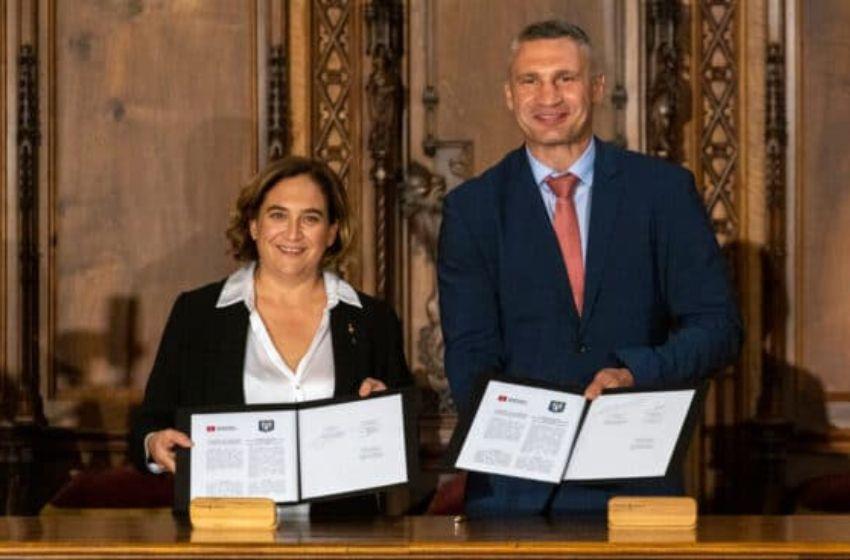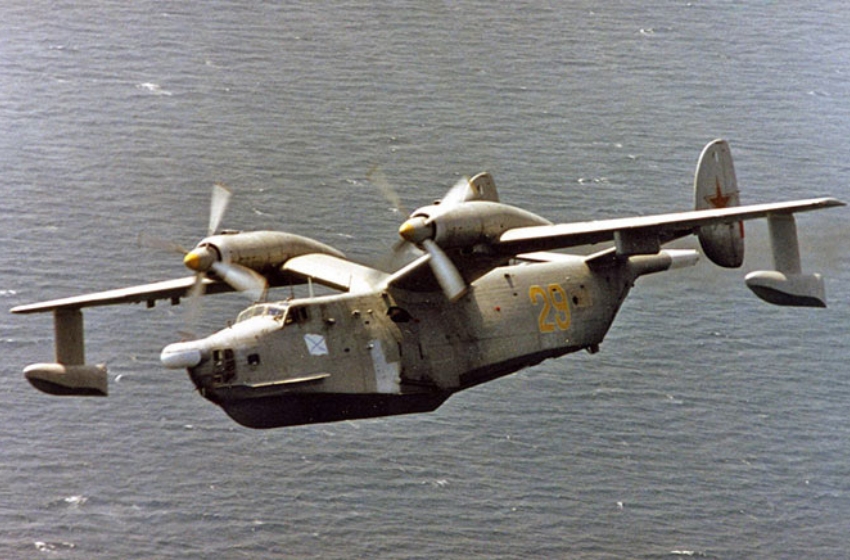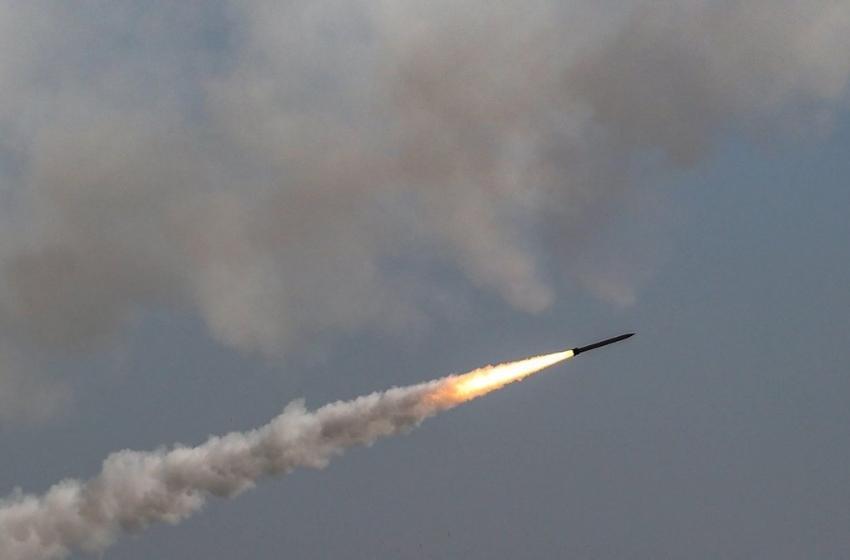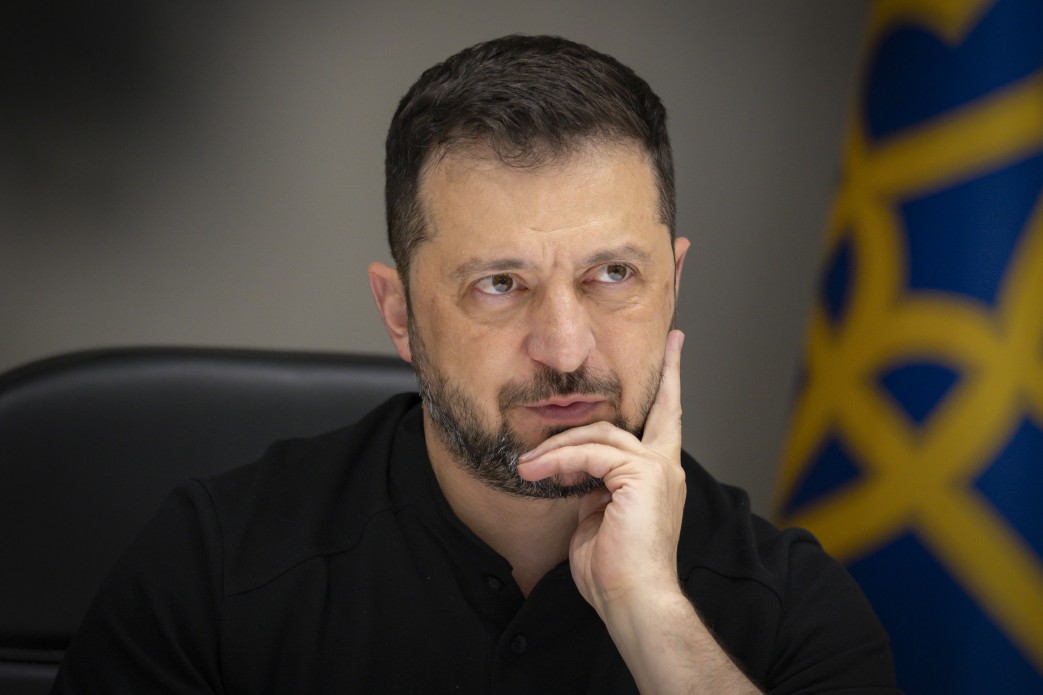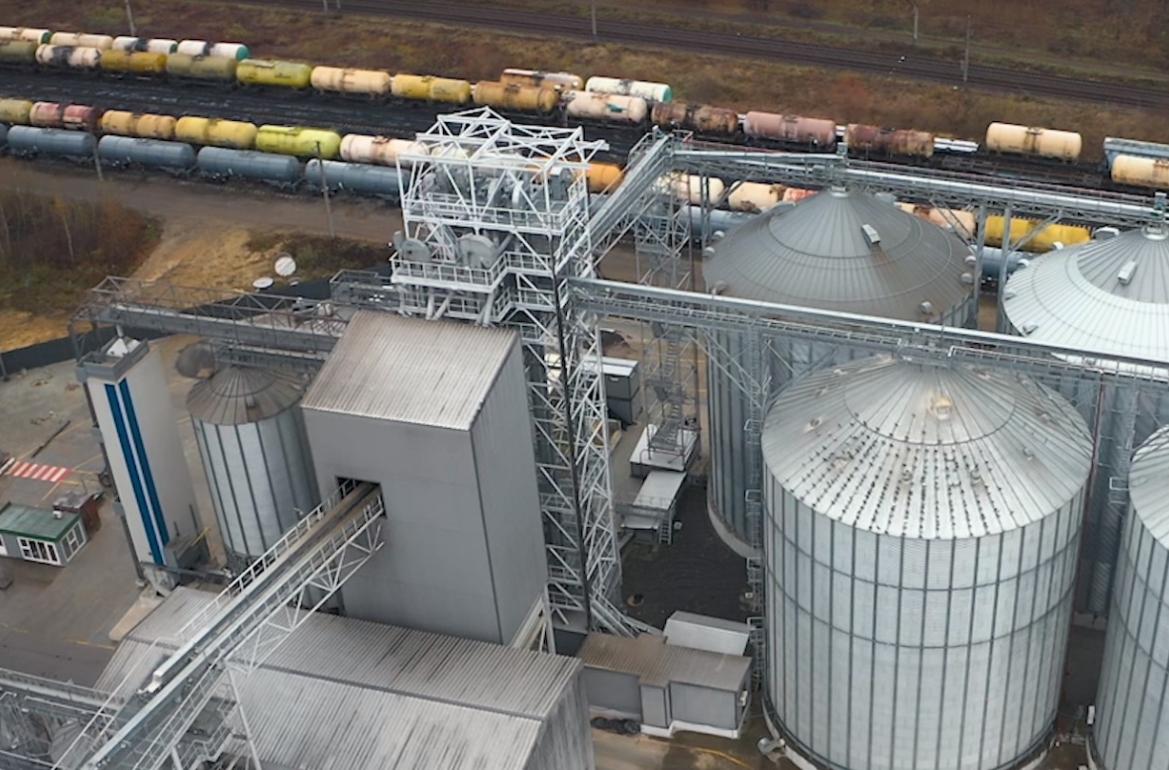Military analyst Anders Nielsen from the Royal Danish Defence College on the current frontline situation.
Summary of the main points:
• While tactical-level overviews are useful, it is important to remember that tracking small frontline changes is not the best way to understand the course of the war. In such a war, the outcome will be decided by whose army endures longer.
• The main event is the start of the Russian summer offensive and the associated increase in the number of attacks. A new direction has appeared — Sumy. Although Ukrainian Armed Forces are still present in some parts of the Kursk region, the Russians have gone on the offensive.
• The Russians have stated that their goal is to create a buffer zone in Sumy region, and they have managed to advance several kilometers from the border, north of Sumy. However, their troop strength is estimated at 70,000 — which is small for such a task. It is also unlikely that the Russians will manage to capture Sumy itself.
• Most likely, the Russians have two objectives. The first is to divert Ukrainian troops from other directions. The second is to pressure the Ukrainian government by shelling Sumy. Although the Russians are unlikely to reach the city itself, it is quite likely they will reach positions from which they can strike it with artillery and drones.
• In Kharkiv region, the main events are unfolding north of Kupiansk. The Russians managed to create a bridgehead on the western bank of the Oskil River and are now trying to expand it. From this position, they can threaten Kupiansk itself. The pace of the Russian advance here is slow, but the Ukrainians still have to expend resources to hold back the enemy.
• The Russians are advancing along the entire eastern front, but their main strike direction is the area of Toretsk, Chasiv Yar, and Kostyantynivka. The Russians clearly want to reach the line Chasiv Yar — Kostyantynivka — Pokrovsk. They are committing the most resources to this sector; a good indicator of the priority is the deployment of experienced strike drone units there.
• It is likely that the Russians will capture Chasiv Yar fully during the summer, but they are unlikely to take Kostyantynivka or Pokrovsk. The battle for Chasiv Yar has been going on for about a year — which shows how difficult it is for the Russians to storm cities. Pokrovsk and Kostyantynivka are much larger.
• The situation in the Zaporizhzhia direction is stable. Although the Russians tried to break through closer to Zaporizhzhia, their attacks were repelled.
• On the Kherson direction, there is no frontline movement — it is stable along the river line. However, attention should be paid to the situation in Kherson city itself. The city is subjected to intense artillery shelling, and Russian drone operators conduct a “safari” on civilians, systematically killing non-combatants.
• At the same time, an air war is ongoing, and its dynamics are not connected to the situation on the ground. This direction changes the fastest — both sides are increasing production of drones, cruise missiles, and ballistic missiles. The number of strikes is growing, and both sides face increasing challenges with air defense.
• Simply continuing as before is unlikely to work — especially for Ukraine — so Ukrainians will probably apply more aggressive approaches against Russian long-range strike capabilities.
• Overall, the Russians will probably manage to advance some distance during the started summer offensive, but are unlikely to capture any large cities — except possibly fully taking Chasiv Yar. The dynamics on the ground will likely remain the same until autumn. At the same time, the air war of long-range strikes will continue to intensify.















